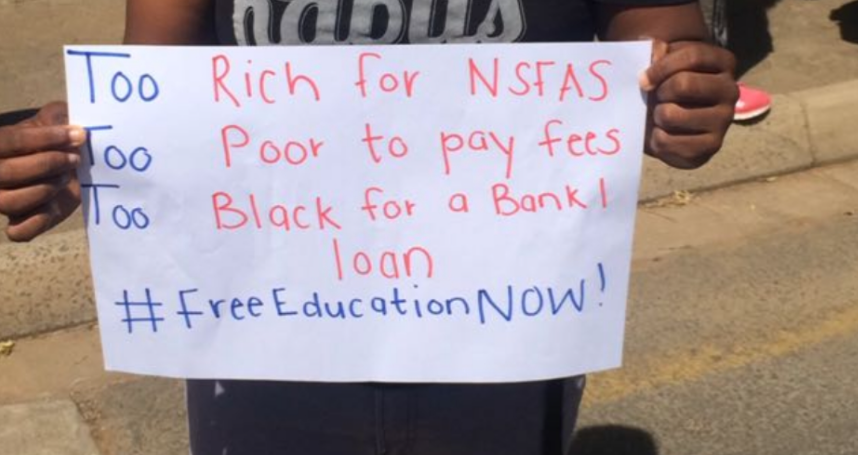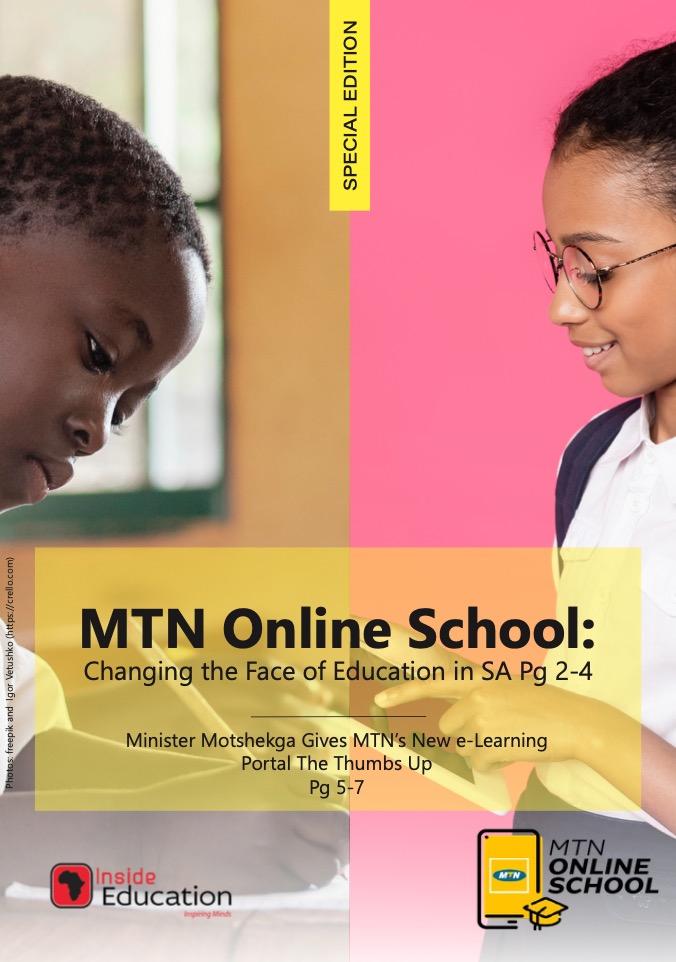The Minister of Higher Education, Science and Innovation, Dr Blade Nzimande, said his department will in the coming weeks submit to Cabinet a proposal looking at funding options for the “missing middle”.
Nzimande made this announcement when he tabled the department’s Budget Vote during a mini plenary of Parliament this week.
Nzimande said his department and stakeholders are examining new mechanisms, possibly backed by both public and private sectors, to support students in the so-called “missing middle” income bracket.
He said revised options for student funding will be considered.
The term “missing middle” has gained currency in the higher education sector and refers to those students who come from working class households that do not qualify for the National Student Finance Aid Scheme (NSFAS) while at the same time, they cannot afford higher education.
In an interview with Inside Education, University of Johannesburg Vice-Chancellor Professor Tshilidzi Marwala said students who fall under this category are not necessarily from poor families.
“These are people who are not poor enough to qualify for NSFAS, but they are not rich enough to afford higher education. Say for example, the father is a teacher, the mother unemployed with four children, three of whom are at university. This family cannot afford higher education for their childen,” said Marwala.
Adding that, “For some reason, NSFAS does not take into consideration the number of children within one family”.
“They look at how much money the family actually earns. And teachers probably earn around R350,000 per annum. There is no way this family is going to qualify for NSFAS. This is why they are the missing middle,” he said.
Adding that most in society do not seem to realise that these children sit at home after finishing matric because of lack of access to finance. They do not qualify for bank loans and other sources of funding, he said.
Marwala said to help with the issue, UJ launched a fundraising campaign in support the missing middle students.
He told Inside Education that about 5 000 academically deserving students at UJ are currently classified as part of the missing middle.
“The University has assisted almost all of them by paying their registration fees for the academic year. And yet, they still need more support because they need basics like devices and the ability to pay for transport,” he said.
Last month, Nzimande made a presentation to the ANC National Executive Committee (NEC) where he spoke about the crisis of the missing middle at institutions of higher learning.
Nzimande said the South African government still does not have a clear way to deal with those students who do not meet NSFAS’ financial eligibility criteria, but still struggle to afford higher education.
According to the minister, in 2016, a ministerial task team was appointed to develop a funding and support model for poor and the missing middle students.
In his presentation made to the NEC, Nzimande said in an attempt to solve this crisis, the ministerial task team developed the Ikusasa Student Financial Aid Programme (ISFAP) which assumed that government would cover full or part of the equity required to cover bad debt incurred by students.
“But this assumption was not supported by the National Treasury,” said Nzimande.
He said his department’s engagement with the National Treasury concluded that a loan-based system would be very difficult without government support.
This is because in all the modelling done, the bad debt, capital repayment, and capital interest was always bigger than the repayments and interest paid by the student, said Nzimande.
In his budget vote presentation this week, Nzimande said there is now added pressure to find a solution this problem. He said this pressure was accentuated by thousands of students who submitted appeals after their NSFAS applications were rejected.







